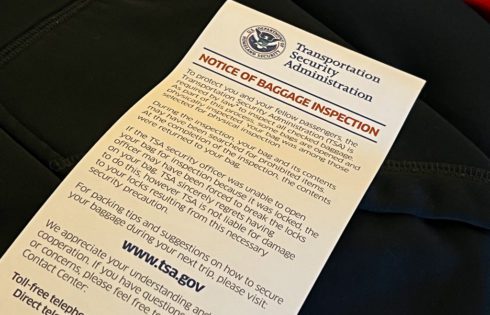
Inside TSA’s Checked Bag Screening Process — and the Mysterious ‘Resolution Room’
Ever wondered what happens to your checked baggage once you hand it over at the airport? How does TSA screen it, and what determines whether a human agent ends up

Ever wondered what happens to your checked baggage once you hand it over at the airport? How does TSA screen it, and what determines whether a human agent ends up

For many people, there is a lot of mystery surrounding the TSA’s No Fly List. They wonder how exactly the list works and what happens if your name gets put
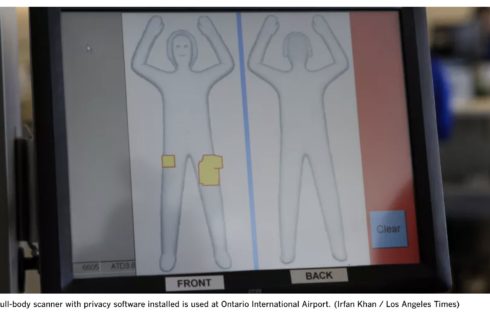
Do you ever worry about getting flagged by TSA when making your way through an airport? Well, there’s quite a few things that could potentially trigger you getting flagged by
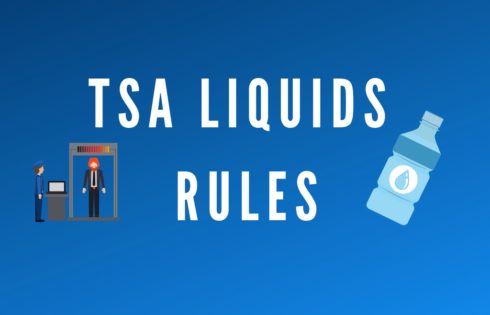
Bringing your liquids through airport security is not always as straightforward as you might think. There are several rules that apply when bringing your liquids through airport security checkpoints and,
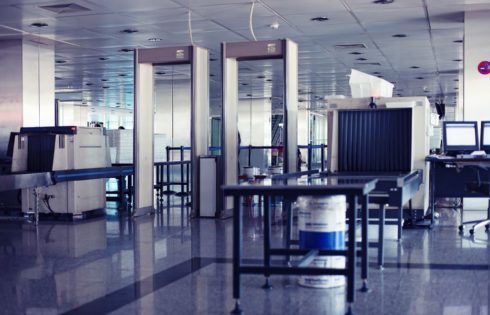
A lot of people are curious about if they can wear their jewelry like watches and rings when going through airport security. They worry that TSA may not allow them
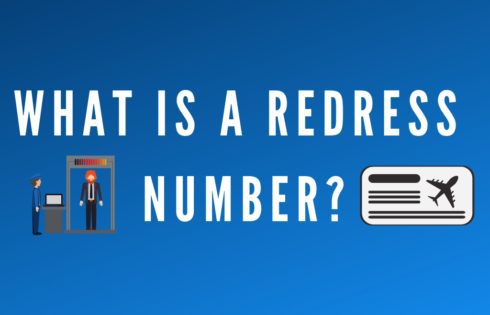
If you’ve ever been slowed down at the airport by additional screening measures you know how frustrating (and even anxiety-inducing) it can be. Now imagine this happening just about every
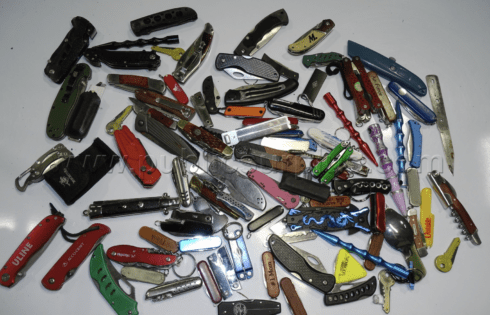
Every day, thousands of items don’t make it through TSA security checkpoints. Whether these are liquids or dangerous weapons, many travelers say goodbye to items for good after going through
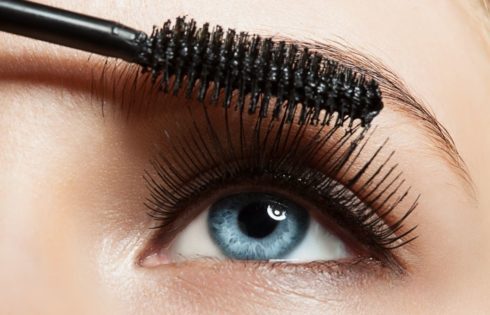
Just because you’re hopping on a flight doesn’t mean your makeup routine has to take a backseat. Whether you’re packing light or prepping for a glam-on-the-go look, you can bring

Cannabidiol (CBD) is an absolute lifesaver for many people facing serious medical conditions but can you actually bring it on a plane legally or will TSA confiscate it and potentially
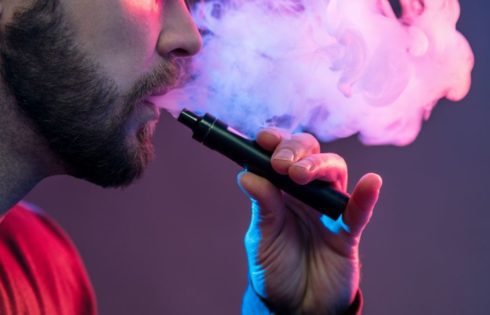
As people return to traveling, a lot of passengers will be asking about the TSA rules for vapes, mods, and e-cigarettes. The rules are relatively straightforward but there are some
| Cookie | Duration | Description |
|---|---|---|
| cookielawinfo-checkbox-analytics | 11 months | This cookie is set by GDPR Cookie Consent plugin. The cookie is used to store the user consent for the cookies in the category "Analytics". |
| cookielawinfo-checkbox-functional | 11 months | The cookie is set by GDPR cookie consent to record the user consent for the cookies in the category "Functional". |
| cookielawinfo-checkbox-necessary | 11 months | This cookie is set by GDPR Cookie Consent plugin. The cookies is used to store the user consent for the cookies in the category "Necessary". |
| cookielawinfo-checkbox-others | 11 months | This cookie is set by GDPR Cookie Consent plugin. The cookie is used to store the user consent for the cookies in the category "Other. |
| cookielawinfo-checkbox-performance | 11 months | This cookie is set by GDPR Cookie Consent plugin. The cookie is used to store the user consent for the cookies in the category "Performance". |
| viewed_cookie_policy | 11 months | The cookie is set by the GDPR Cookie Consent plugin and is used to store whether or not user has consented to the use of cookies. It does not store any personal data. |
